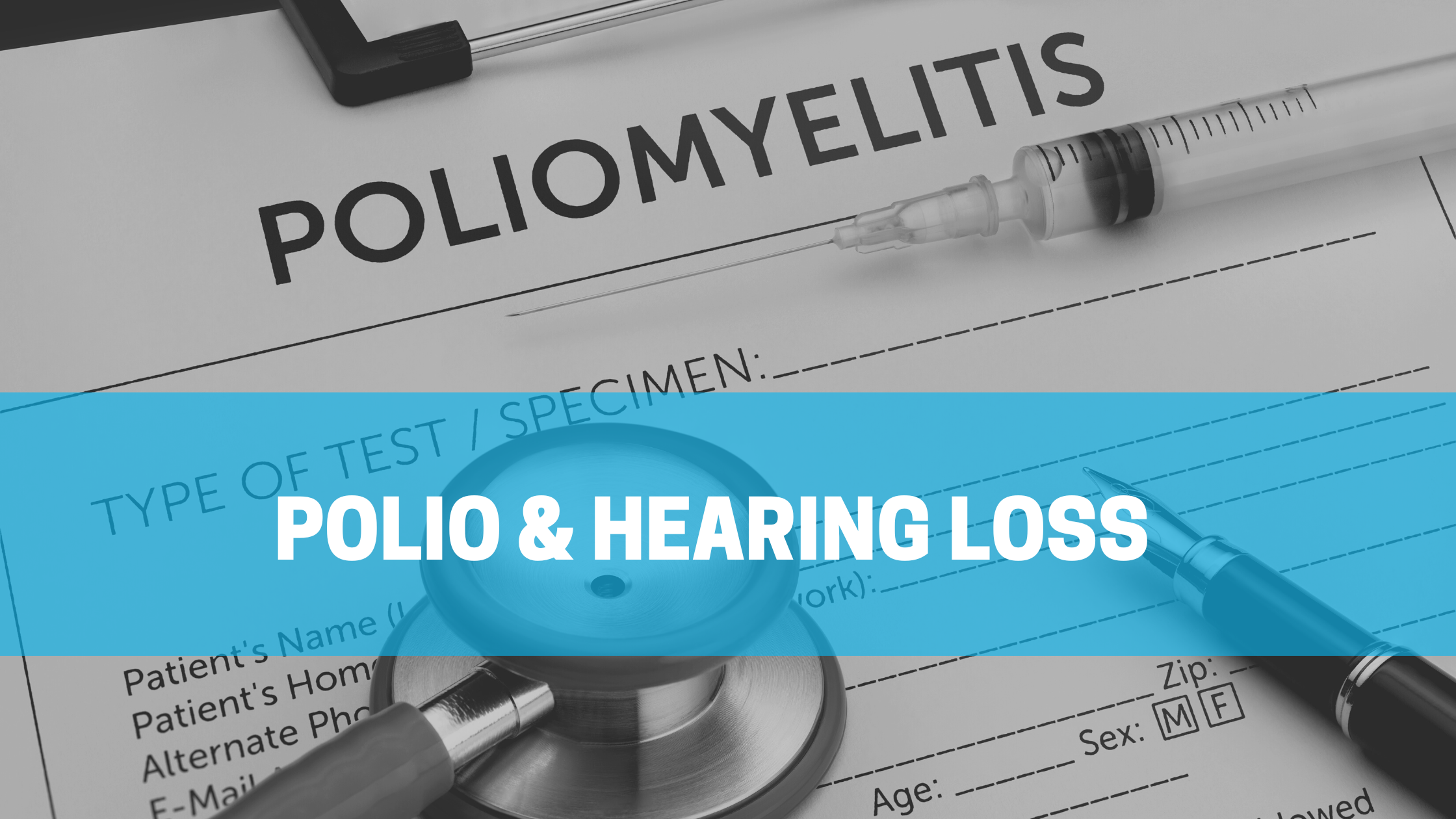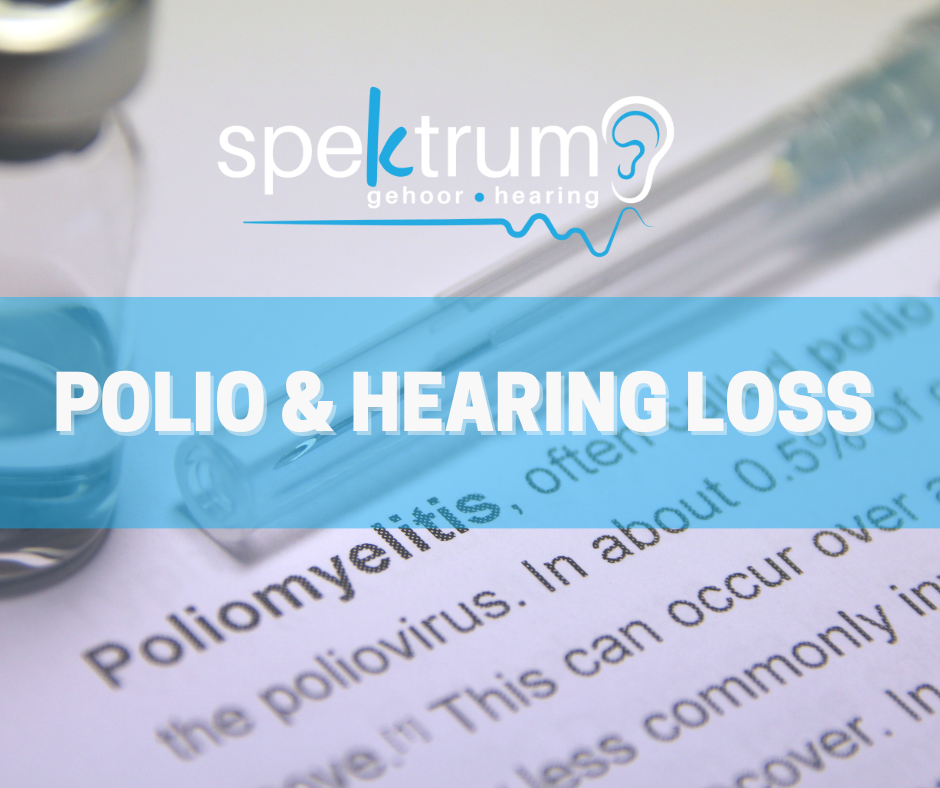
About 1 out of 4 people (or 25 out of 100) with poliovirus infection will have flu-like symptoms that may include:
- Sore throat
- Fever
- Tiredness
- Nausea
- Headache
- Stomach pain
These symptoms usually last 2 to 5 days, then go away on their own.
A smaller proportion of people (much less than one out of 100, or 1-5 out of 1000) with poliovirus infection will develop other, more serious symptoms that affect the brain and spinal cord:
- Paresthesia (feeling of pins and needles in the legs)
- Meningitis (infection of the covering of the spinal cord and/or brain) occurs in about 1 out of 25 people with poliovirus infection
- Paralysis (can’t move parts of the body) or weakness in the arms, legs, or both, occurs in about 1 out of 200 people with poliovirus infection
Paralysis is the most severe symptom associated with polio, because it can lead to permanent disability and death. Between 2 and 10 out of 100 people who have paralysis from poliovirus infection die, because the virus affects the muscles that help them breathe.
Even children who seem to fully recover can develop new muscle pain, weakness, or paralysis as adults, 15 to 40 years later. This is called post-polio syndrome.
The Connection Between Poliomyelitis (Polio) and Hearing Loss
Poliomyelitis is a highly infectious disease caused by the poliovirus. The virus invades the nervous system, damaging the cells of the spinal cord and brainstem. The damage – and subsequent termination – of these cells diminishes muscle strength, causing impaired balance and gait.
How can Polio lead to Hearing Loss?
Although not very often associated with hearing loss, some reports suggest instances of acquired sensorineural hearing loss (SNHL) in children after contracting polio. There are even some indications that non-paralytic Polio can sometimes lead to hearing loss or learning deficits.
In a study done by Bachor and Karmody (2001) it was found that in the temporal bones of a 26-month-old female with a paralytic syndrome identical to Polio, there was a complete absence of the cochlear neurons with some inner cochlear hair cell loss. Cases such as these have however dwindled in numbers with improved neonatal care and immunization programs.
How do I know if I am at risk of developing a hearing loss?
Although the connection between Poliomyelitis and hearing loss has not been studied and researched extensively, it remains important to be aware of the possible correlation, especially when diagnosed during childhood years.
It is fortunate that due to the Global Polio Eradication Initiative (GPEI) that was launched in 1988, the incidence of one of the worst viruses in the history of humankind has almost been eradicated, and subsequently the consequences thereof too.
Reference: Bachor, E., & Karmody, C. (2001). Neural hearing loss in a child with poliomyelitis: A histopathological study. The Journal of Laryngology & Otology, 115(3), 243-246. doi:10.1258/0022215011907118
